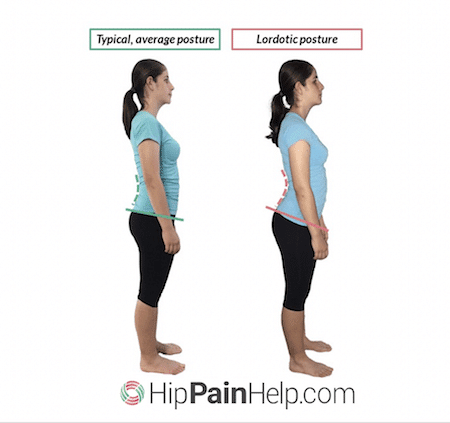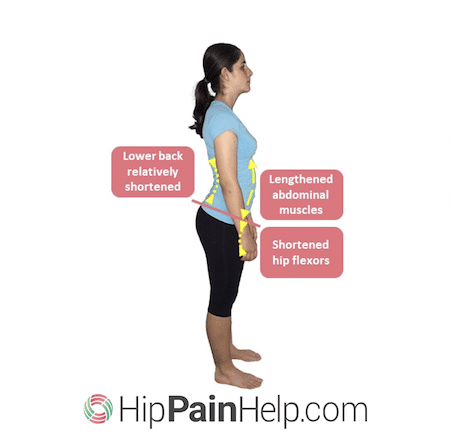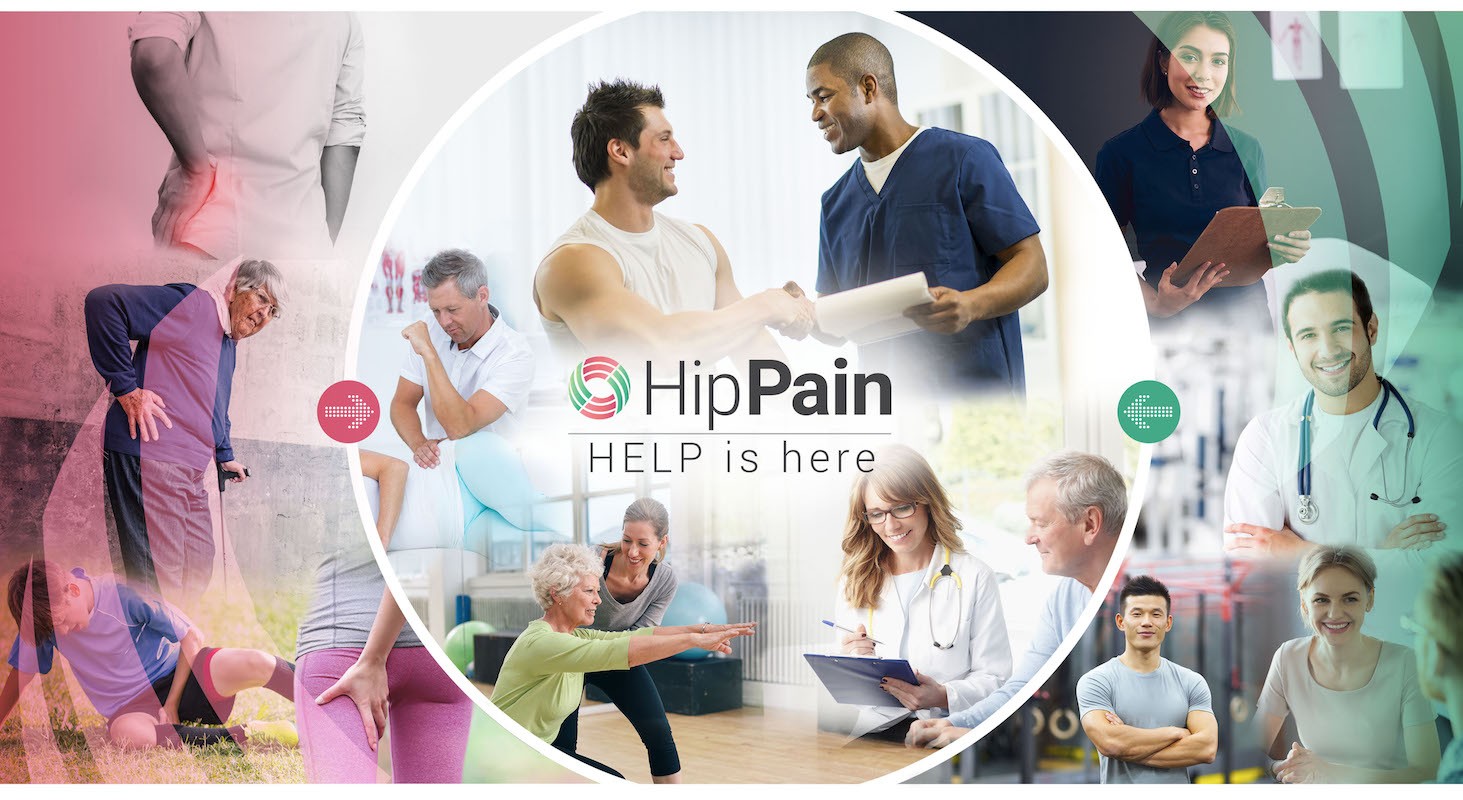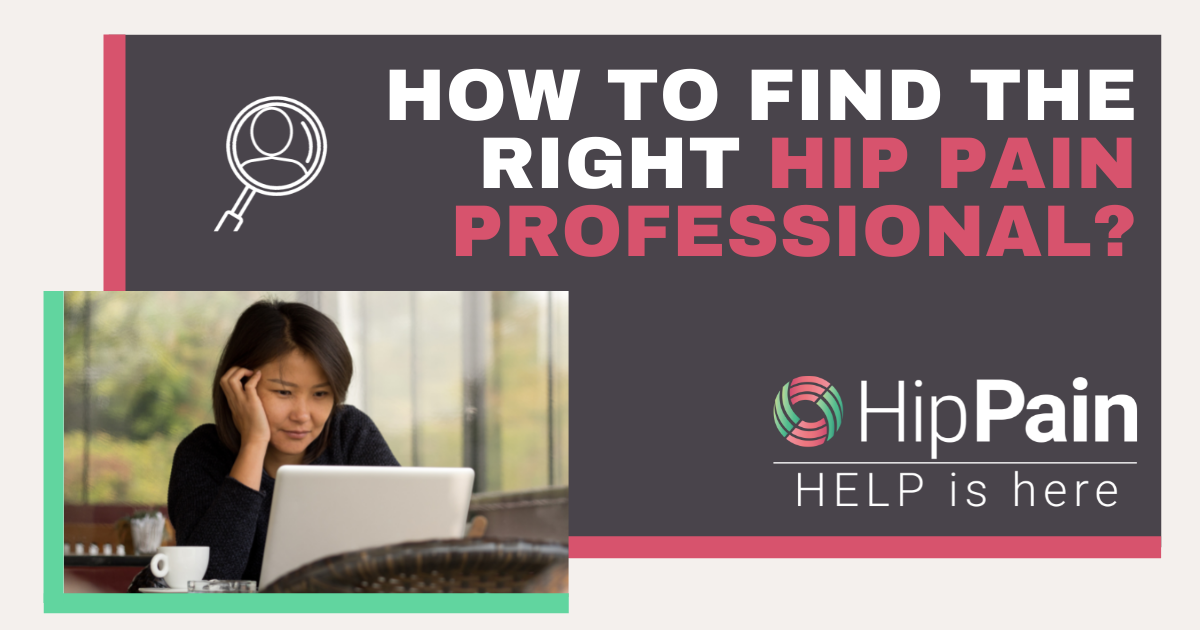What is Lordotic Posture?
Lordotic posture is often talked about by many people attending physiotherapy/physical therapy clinics in relation to their back and hip pain. In this blog we will explain what exactly this posture is, why it occurs, the affects it may have and in looking at exercise for lordosis, what may be best.
Standing in exactly the same posture can get fatiguing with any posture type, but if you hold your joints in a very stretched or compressed position, you may feel fatigue or discomfort more quickly. For example, hip and of back pain may develop early when standing in a ‘lordotic posture,’ which is where the lower back is held in a deep arched position and the pelvis is relatively tilted further forward than a typical, average position.

Why Might My Lordotic Posture Affect My Pain
Postures are influenced by our natural bony shape, but also by habit and varying degrees of tightness and weakness around our joints. These things can also compound over time, so that if you habitually rest in a posture frequently or for long periods of time, the length of muscles and the mobility of joints can alter over time, reinforcing these postures. And if you are not regularly moving out of certain joint positions, your nervous system becomes less skilled at using those ranges of motion. The old adage – ‘Use It or Lose It’ certainly holds true here.

When standing in a lordotic posture:
The lower back is in a relatively shortened position
Maintaining the joints of the lower back in this compressed position for long periods can become uncomfortable and moving out of this position to bend your spine forward can be more difficult, stiffer and painful for some people.
The abdominals are in a relatively lengthened position
Conversely, the abdominals at the front of the spine then become relatively lengthened, as the pelvis into which they attach is sitting relatively lower or further away. In those with a lordotic posture, the abdominals are often lengthened and weakened. This can in turn mean reduced support for the spine and control of pelvic position, which can in some people contribute to back and/or hip and pelvic pain.
The hip flexors are in a relatively shortened position
Joining between the thigh and the pelvis at the front, the hip flexors become relatively tighter, as the pelvis sits lower at the front – closer to the front of the thigh. Tightness in the hip flexors and poor ability to lengthen during everyday dynamic tasks such as walking and running, changes the way forces travel through the hip, pelvis and lower spine. This may also contribute then to lower back, hip and pelvic pain.
Posture reversal’ for those with a lordotic posture







